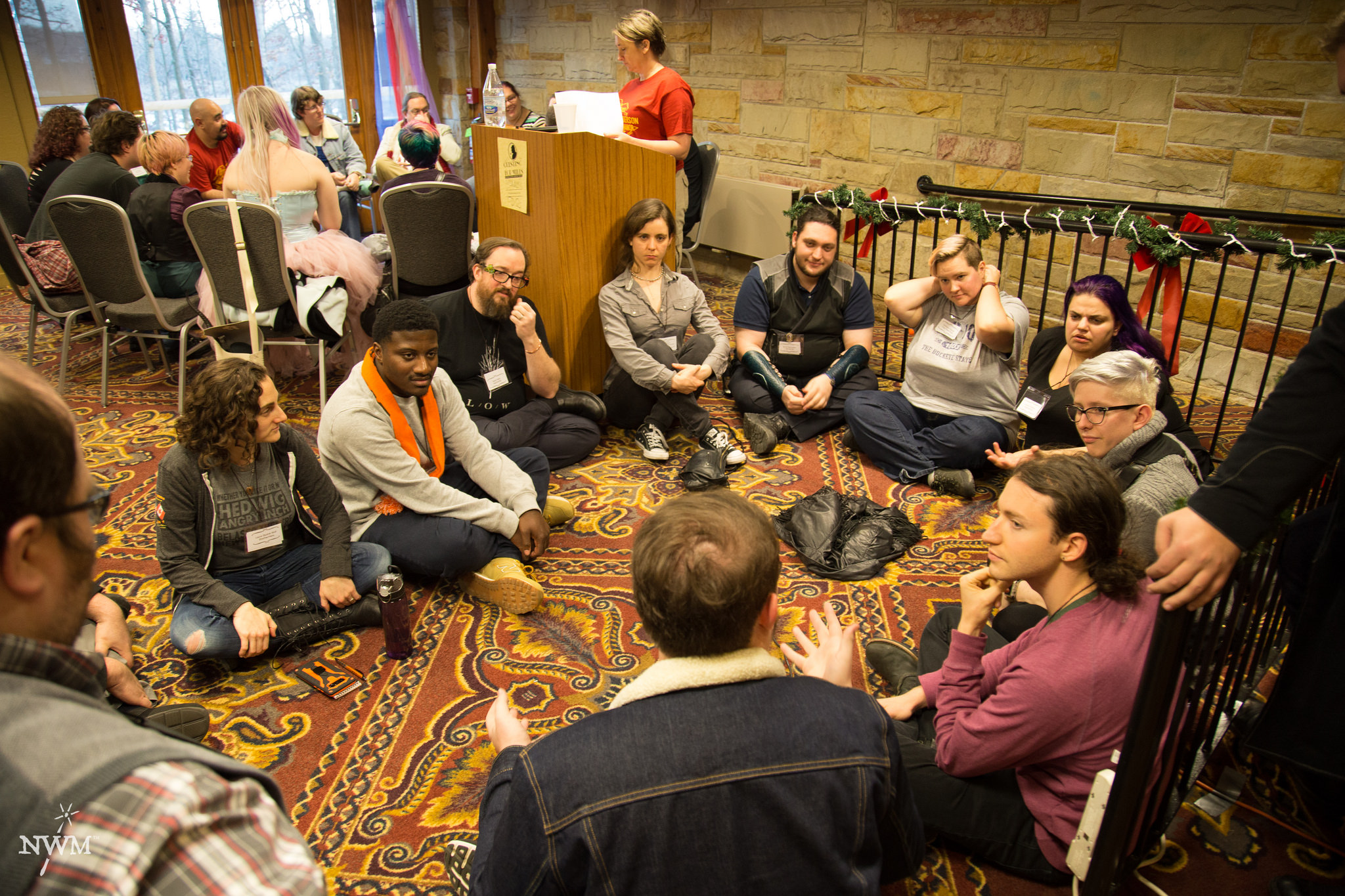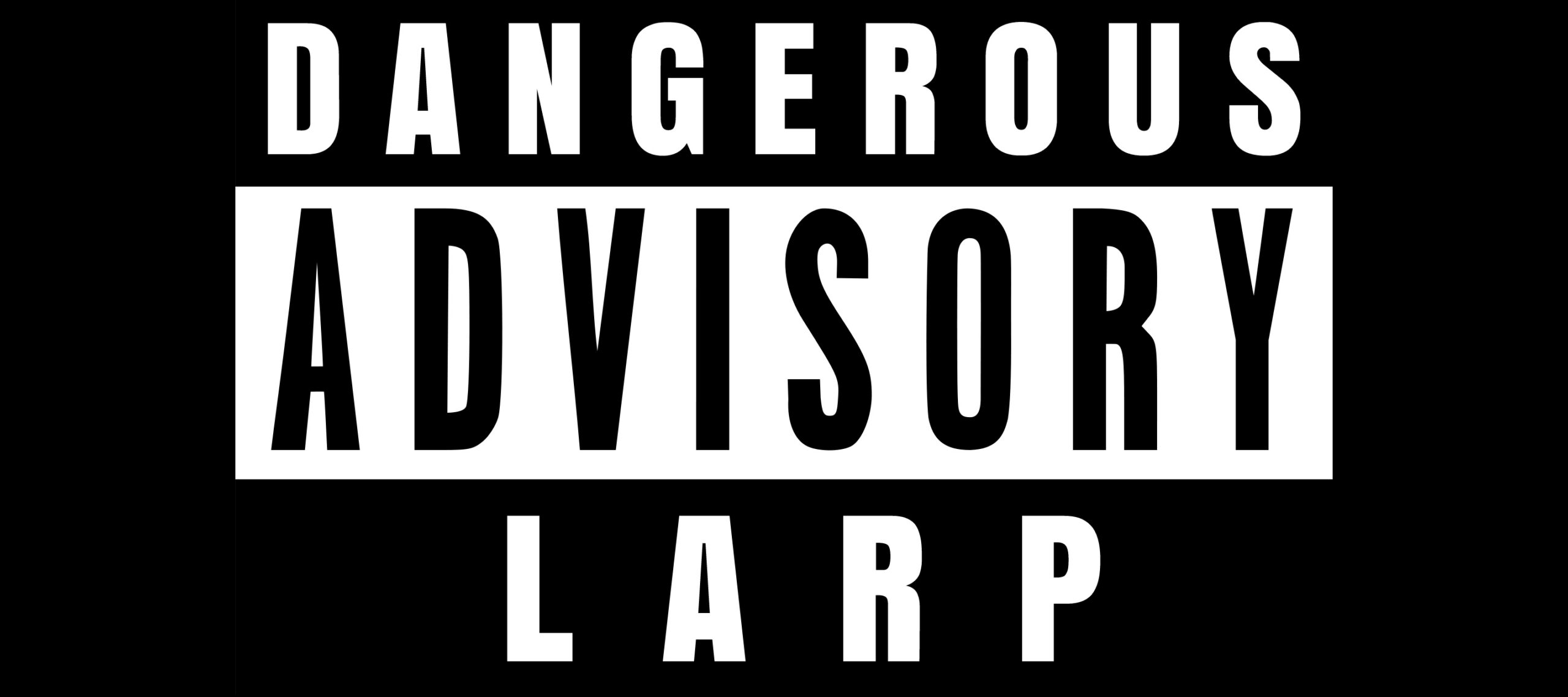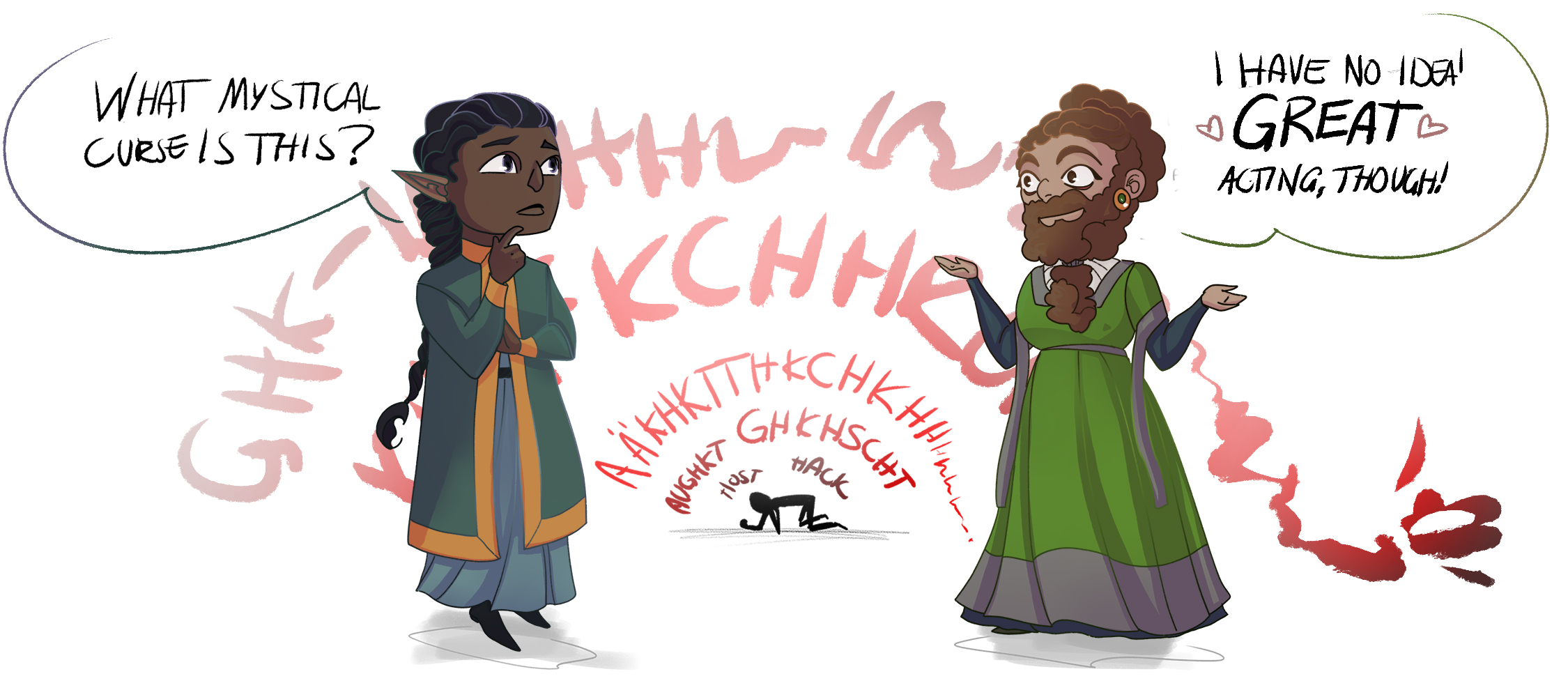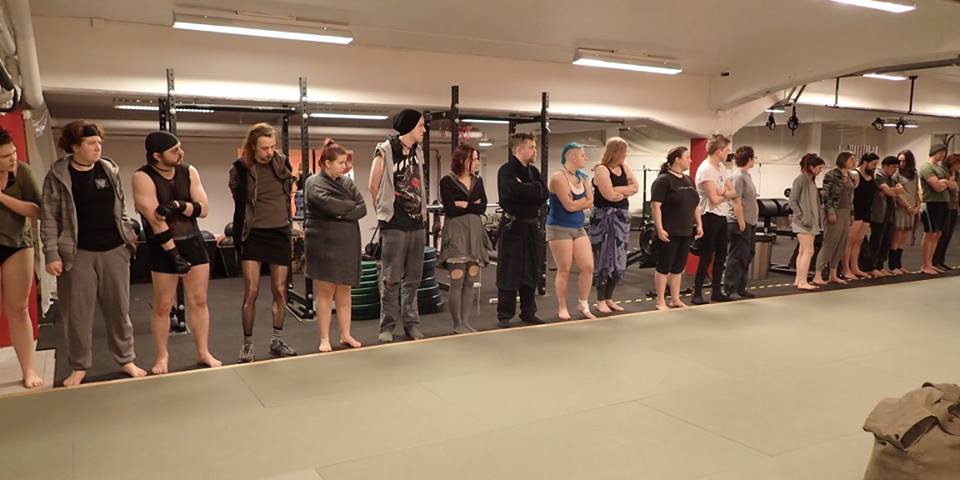Tag: Safety
-

The Brave Space: Some Thoughts on Safety in Larps
in
As well as safety from unpleasant or triggering experiences, larp needs safety to lean in, to be brave, and to get the play we crave. We need brave spaces.
-

Larp Counselor Code of Ethics
in
Larp counseling is the practice of dedicating a staff member to overseeing participant well-being at a live-action role-play (larp) event.
-

Let’s Play with Fire! Using Risk and its Power for Personal Transformation
in
A current trend in larping focuses on extensive safety and consent techniques protecting the participants from harm. Yet people participate in, enjoy, and are profoundly transformed by risky experiences. There are potentially immense personal benefits within a designed experience that effectively uses and manages risk.
-

Safety and Calibration Design Tools and Their Uses
in
Safety & Calibration techniques are important design tools that help diverse players access your larp and create stories together. This article offers three Safety & Calibration Tools that have been in use since June 2016 and are now used internationally in a variety of larps & other events.
-

Playing Safe?
in
A number of high profile articles and discussions about safety in Nordic larp seem to imply that safety has become the primary concern for larp design. This article interrogates that implication by a series of interviews with larp designers, and experts on safety.
-

Bad Larp Design: Choking Hazard
in
When someone seems to be choking or having difficulties breathing at a larp, you should always assume the situation is real and go to their immediate aid. Designers should never, ever design larp mechanics that require participants to role-play that their characters have breathing difficulties or are, indeed, choking.
-

Larp Counselors: An Additional Safety Net
in
This article advocates for the inclusion in certain larps of the unique role of a counselor, who is part of the safety team.
-

Safety Coordinators for Communities: Why, What, and How
in
This article will define a Safety Team and its role, examine what makes for a good Safety Team, and offer advice for maintaining one for your community.

